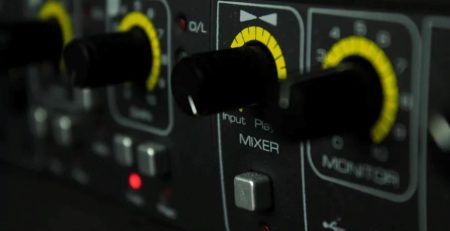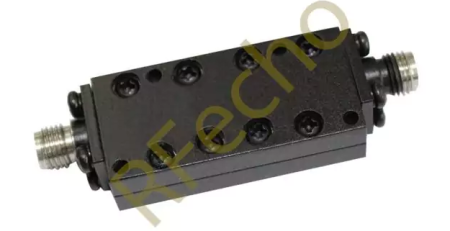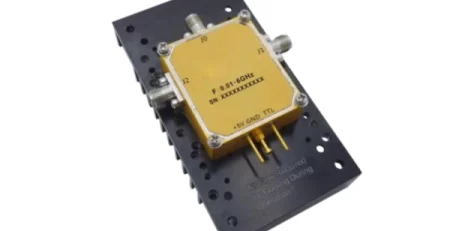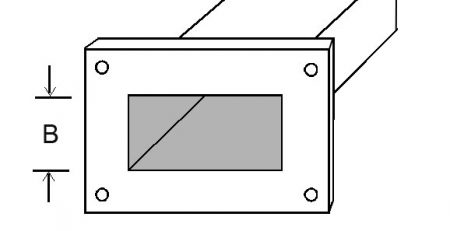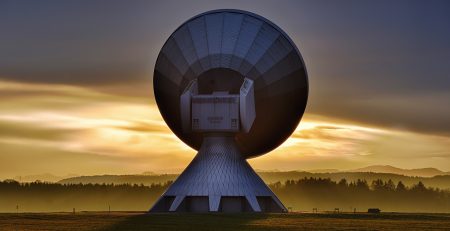Why Choose a Directional Antenna for Boosted Signal Strength?
Directional antennas play a role, in today’s communication setups by amplifying signal power. Reach through targeted energy concentration in particular directions. In contrast to antennas that receive signals from all directions equally, these antennas excel at capturing signals from intended sources while reducing interference from ones. This feature proves beneficial across sectors such, as telecommunications, broadcasts, and data connections. Choosing an antenna allows users to attain top-notch signal quality customized to their requirements.
 Understanding Directional Antennas and Their Advantages
Understanding Directional Antennas and Their Advantages
What is a Directional Antenna?
A directional antenna is created to transmit and receive waves in directions, with better effectiveness than others do so It allows the antenna to have greater gain and directivity compared to omnidirectional antennas that spread signals evenly in all directions Various types of directional antennas such as Yagi antennas parabolic dishes and log periodic antennas are used for different purposes Directional antennas are crucial for ensuring consistent communication,, particularly in areas, with potential interference.
Benefits Of Omni Antennas
Opt for an antenna of an omnidirectional one, for various advantages in performance and efficiency! A key benefit is the gain leading to a robust signal coverage with reduced interference from unwanted signals – resulting in clearer and more consistent connections overall. Directional antennas are particularly suited for long-distance signal transmission needs as they can reach distances using power compared to omnidirectional antennas – making them beneficial, in scenarios where energy conservation is crucial.
How Directional Antennas Work
Signal Propagation Mechanism
Directional antennas operate by utilizing the principles of wave propagation and interference to enhance their reception and transmission abilities efficiently. They are specifically designed to focus radiated energy, towards directions to improve signal strength. By directing energy in a path these antennas generate a signal “beam ” reducing interference from other sources and noise especially prevalent, in busy frequency spectrums.
Beamwidth and Gain: Key Parameters
The performance of antennas is determined by factors, like beamwidth and gain. The angle of signal transmission and reception and the efficiency of power conversion to radio waves respectively play pivotal roles in how well the antenna functions over long distances and, in specific applications.
Applications in Different Scenarios
Directional antennas are used in situations, for purposes like establishing connections between cellular towers or satellite communications in point-to-point communications setup One common application is broadcasting where they focus signals to specific areas to improve coverage and consistency In wireless networks they help reduce interference and boost signal strength in targeted locations Overall the adaptability and effectiveness of directional antennas play a crucial role, in today’s communication systems.
 Choosing the Right Directional Antenna from RFecho
Choosing the Right Directional Antenna from RFecho
Overview of RFecho’s Product Range
RFecho specializes in notch antennas that meet a variety of user requirements, with their wide range of products available for different needs. Among their solutions is the Broadband Dual Ridged Horn Antenna that is crafted to function across a wide frequency spectrum spanning from 0.lGHz to 40GHz. This antenna showcases a gain level ranging from 4 dBi to 20 dBi. Maintains a low voltage standing wave ratio (VSWR) below 2.7. The antennas by RFecho embody a fusion of cutting-edge technology and effective design ensuring antenna performance, across diverse usage scenarios.
Performance and Reliability of RFecho Antennas
RFecho antennas are highly regarded for their performance and dependability, in applications. The response. Specifications adopted by RFecho instill confidence in users regarding the reliability of these antennas for both transmitting and receiving signals. Including features such as VSWR and strong gain, attributes enable RFecho antennas to provide signal measurements and generate high field strengths with minimal signal loss. This level of reliability is crucial, for telecommunications and data networking professionals who rely on signal quality to support their operations.
In summary, opting for an antenna provides benefits compared to conventional omnidirectional antennas. With signal strength decreased interference, and better performance, in a range of applications experts can greatly gain from integrating these antennas into their work. When looking at antennas RFecho emerges as a supplier offering products that ensure dependability and effectiveness in the current complex communication environment.
Installation Considerations for Optimum Performance
When you’re getting a directional antenna ready to go and work its best at catching signals and sending them out effectively make sure you pay attention to how it’s set up right, from the start – where it is placed and how it lined up all matter a great deal, for how well it performs in picking up signals and sending them out clearly.
Positioning and Alignment Tips
Ensuring the placement and accurate alignment are crucial, for maximizing the efficiency of an antenna. In terms of positioning it’s important to consider the primary direction of signals to guarantee that the antenna is pointed towards the signal source. Utilizing devices such as signal strength meters can help identify the angle and orientation. It is recommended to mount the antenna at a level that reduces any interference, from buildings and vegetation as they can negatively impact signal quality. Making changes, to the angle of elevation can significantly improve the antenna’s reception strength. Make it better at picking up signals, from away.
Keeping an eye out for signal strength while setting up is important, for adjusting the antennas placement. Find securing connections since loose ones can cause performance issues. It’s also crucial to grasp how the selected antenna’s radiation pattern works to position it correctly for directivity and minimal interference, from other sources.
Environmental Factors to Consider
Environmental conditions play a role, in how directional antennas work and how long they lastː things like the weather around you the lay of the land and any interference from electronic devices should all be taken into account before setting them up. For example, rain, snow, or gusty winds might mess with signal strength. It’s important to use materials that can handle tough weather. Also how the land is shaped—like having mountains or tall buildings can block signals and create areas where there is no signal at all; knowin’ the lay of the land can help figure out good spots, for puttin’ up antennas.
To reduce the impact of interference effects, on your system’s performance; Think about the electronic gadgets and any potential sources of interference. Installing your antenna in a location from these influences can greatly enhance its efficiency. Moreover Having a line of sight to the transmitting source is crucial, for maintaining signal quality; hence it’s important to plan your surroundings carefully.
 Practical Applications of Directional Antennas in Various Industries
Practical Applications of Directional Antennas in Various Industries
Directional antennas find applications in a wide range of sectors, driven by their capacity to enhance signal quality and reliability under various conditions. Their specific design characteristics make them particularly suited for the telecommunication, broadcasting, and security industries.
Telecommunication Sector
In the telecommunications industry, directional antennas are pivotal for establishing reliable links between base stations and devices. They are frequently employed in point-to-point communication systems, such as microwave links and broadband network connections. Their ability to transmit signals over long distances with minimal signal loss is key to maintaining high data rates. Additionally, directional antennas are leveraged to improve network capacity and reduce noise interference, allowing telecommunication providers to deliver more efficient services to end users.
Moreover, the application of directional antennas in improving cellular tower coverage is significant. Using multiple directional antennas in a network can direct coverage towards specific areas, enhancing capacity and reducing congestion in high-traffic locations. For network providers, using high-gain directional antennas minimizes signal degradation and provides clients with a stable connection in challenging environments.
Broadcasting Services
Broadcasting services also heavily utilize directional antennas to focus transmitted signals towards specific audiences. By doing so, broadcasters can ensure that their signals reach target geographic areas without unnecessary over-spill into adjacent regions, which can cause interference. For example, directional antennas in television broadcasting help in achieving clear picture quality by concentrating the transmission energy toward viewers while minimizing unwanted reflections and multipath interference.
In radio broadcasting, the use of directional antennas allows for controlled coverage patterns, which are important for adhering to regulatory limits on transmission power and interference with other stations. Additionally, broadcasting companies can deploy directional antennas to achieve sectorized transmission, enhancing signal strength and quality while limiting signal bleed into neighboring areas.
Security Systems
Directional antennas are critical components in security systems, particularly in the transmission and reception of surveillance signals. By focusing on specific areas of interest, these antennas can capture detailed video or audio feeds from security cameras while minimizing interference from other signals within the vicinity. The ability to establish reliable communication ties between security devices over long distances makes directional antennas invaluable for comprehensive surveillance setups.
In addition, with advancements in wireless technologies, many security systems have begun to utilize directional antennas to enhance performance in applications such as motion detection and alarm systems. They provide a reliable framework for monitoring extensive areas, ensuring that security personnel maintain real-time situational awareness without being hindered by environmental noise or disturbances.
In conclusion, the strategic deployment and installation of directional antennas significantly influence their operational performance across various sectors. By paying close attention to positioning, environmental factors, and industry-specific applications, users can effectively leverage the unique advantages of directional antennas, ensuring optimal signal quality and reliability while minimizing interference. Professionals in telecommunications, broadcasting, and security systems will find that these antennas are essential tools for enhancing communication and operational efficacy in their respective fields.


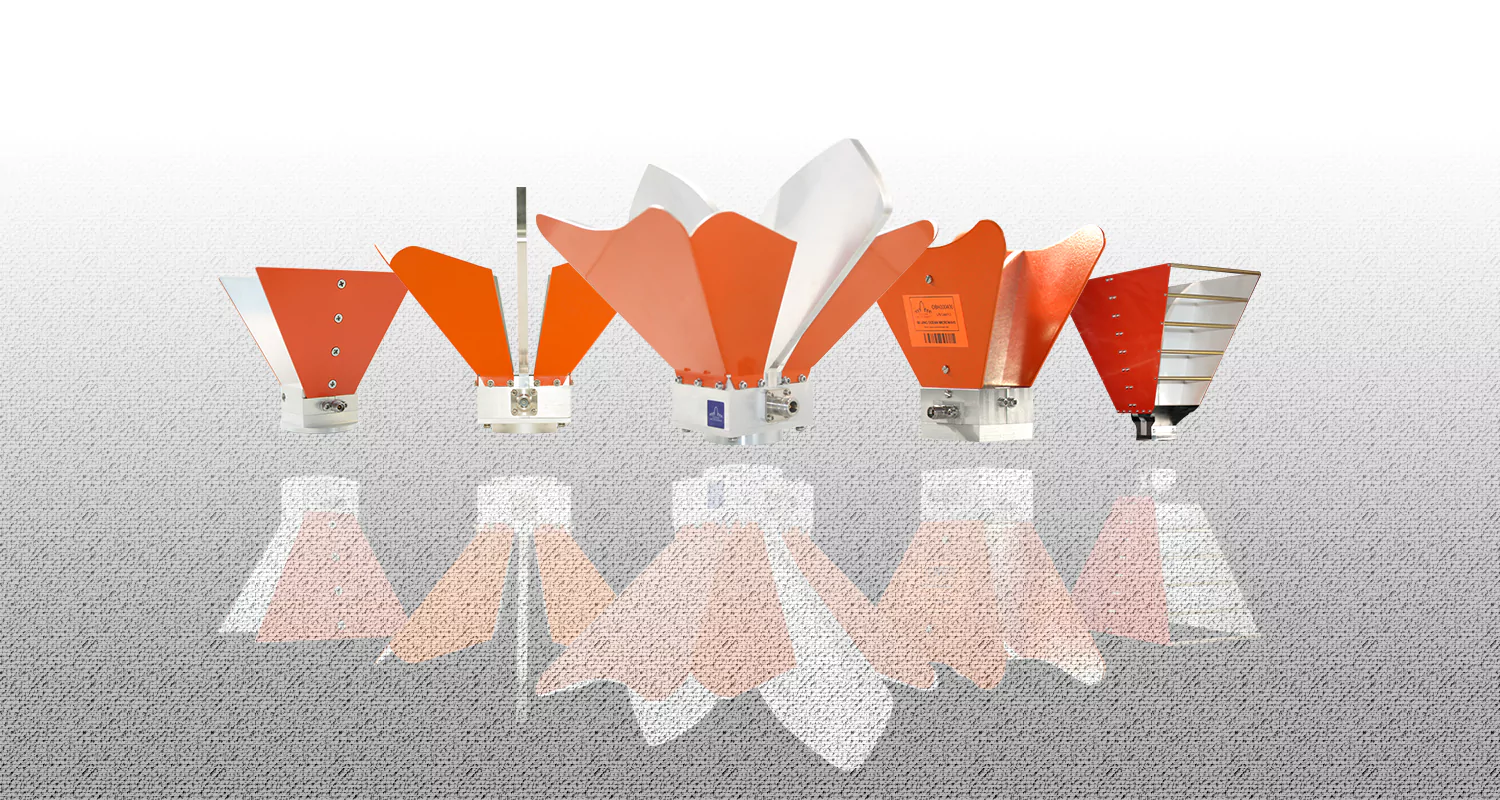
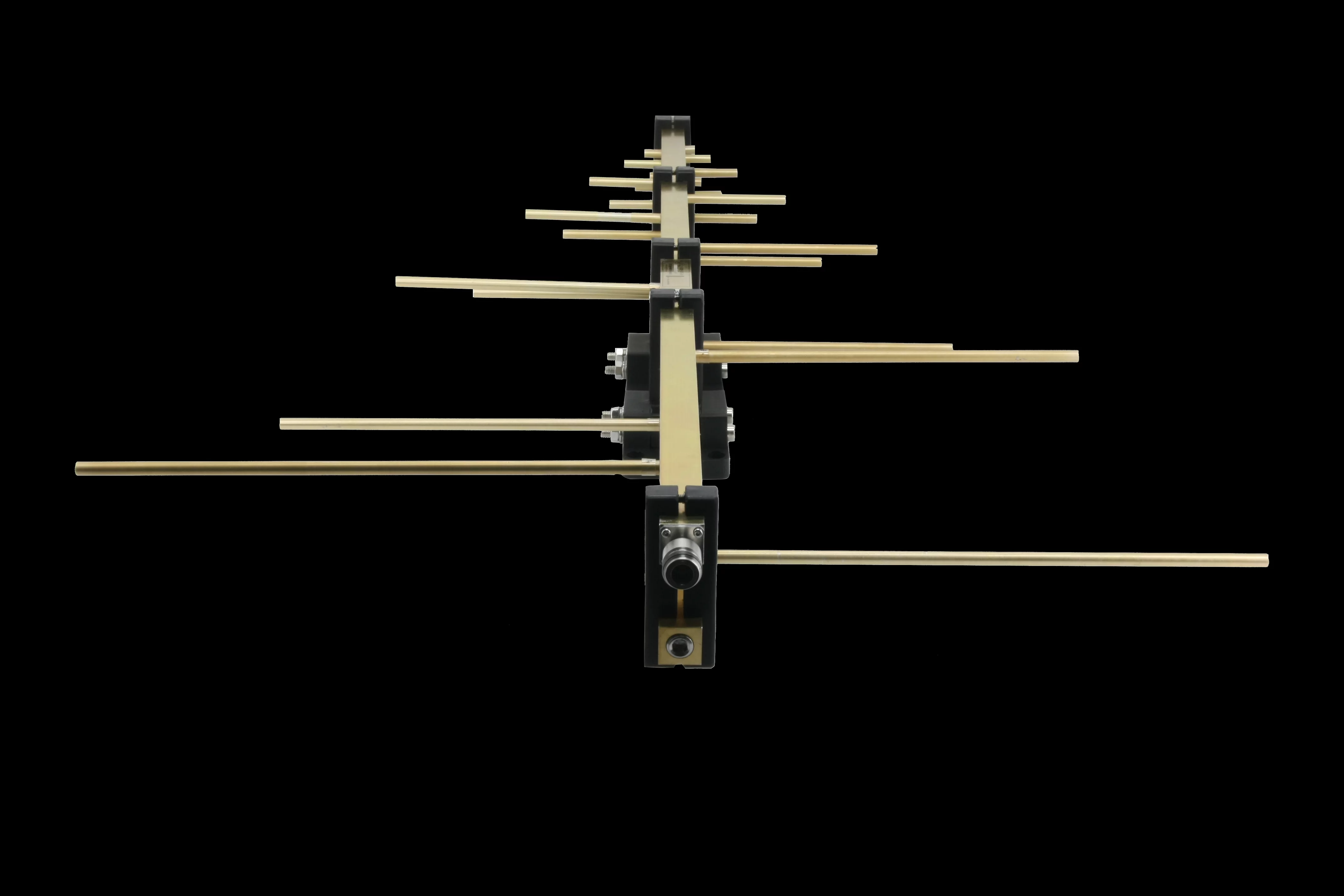 Choosing the Right Directional Antenna from RFecho
Choosing the Right Directional Antenna from RFecho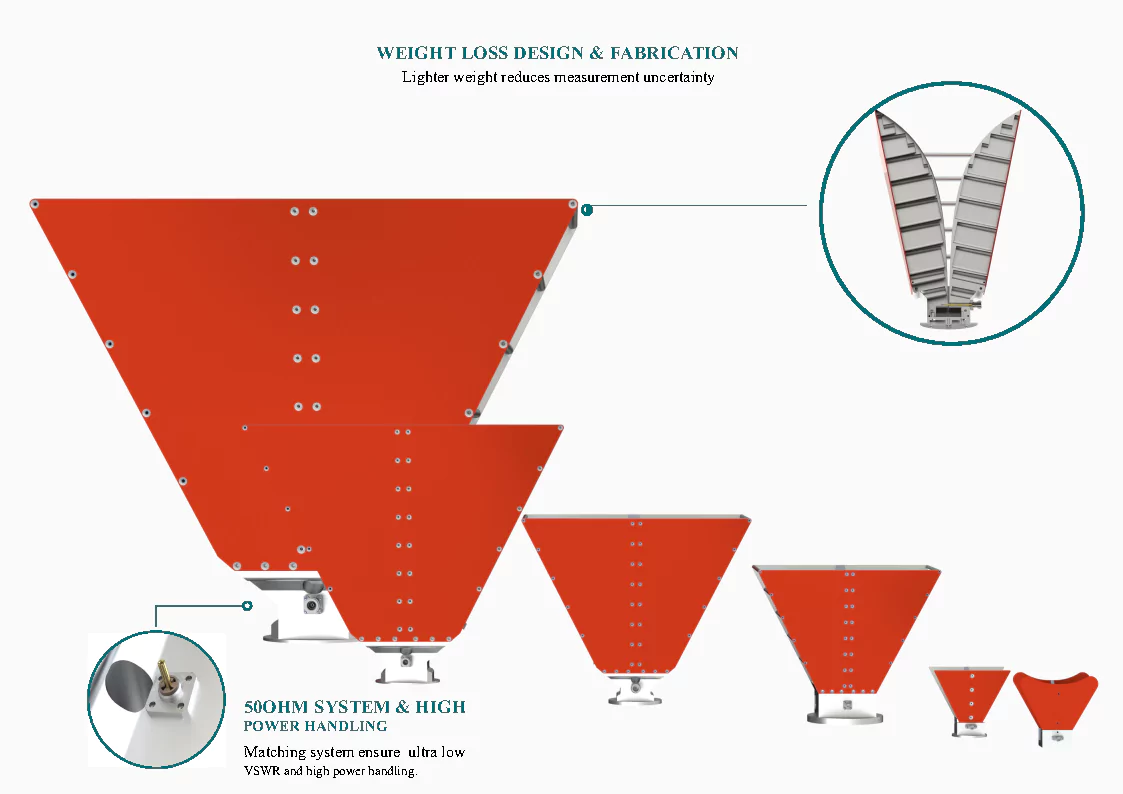 Practical Applications of Directional Antennas in Various Industries
Practical Applications of Directional Antennas in Various Industries
